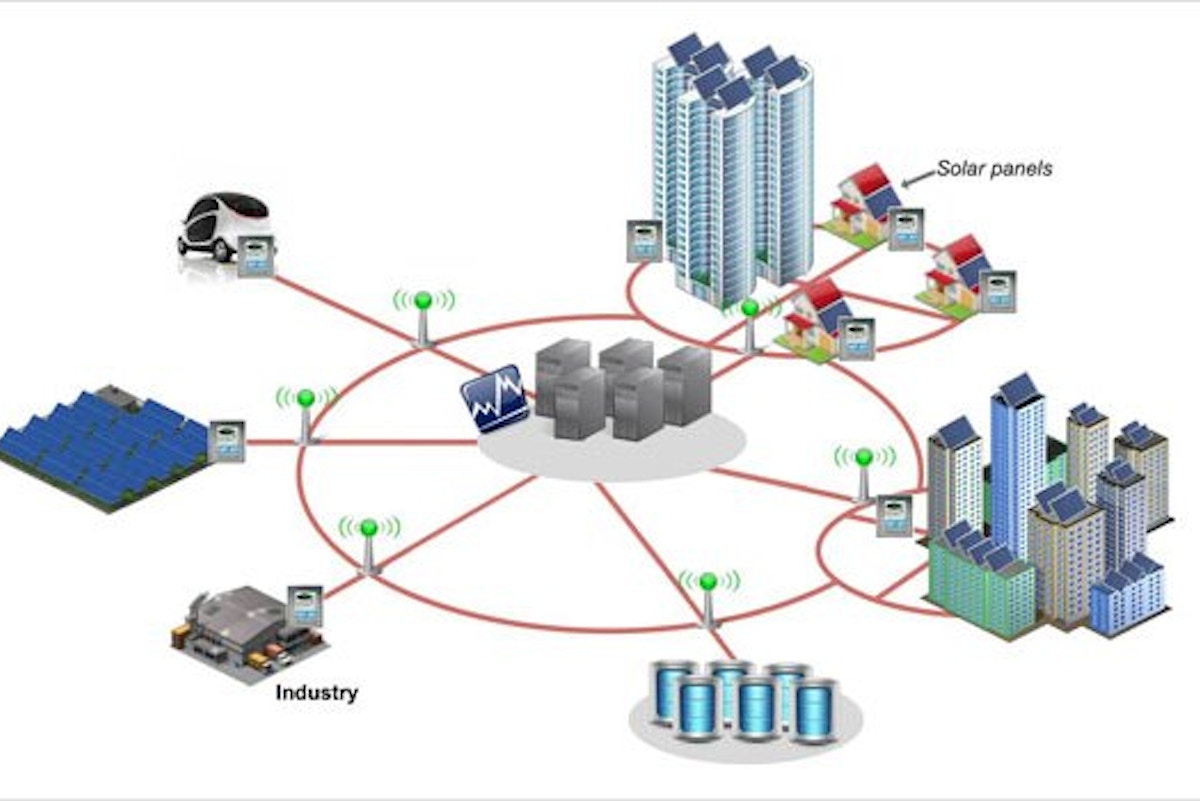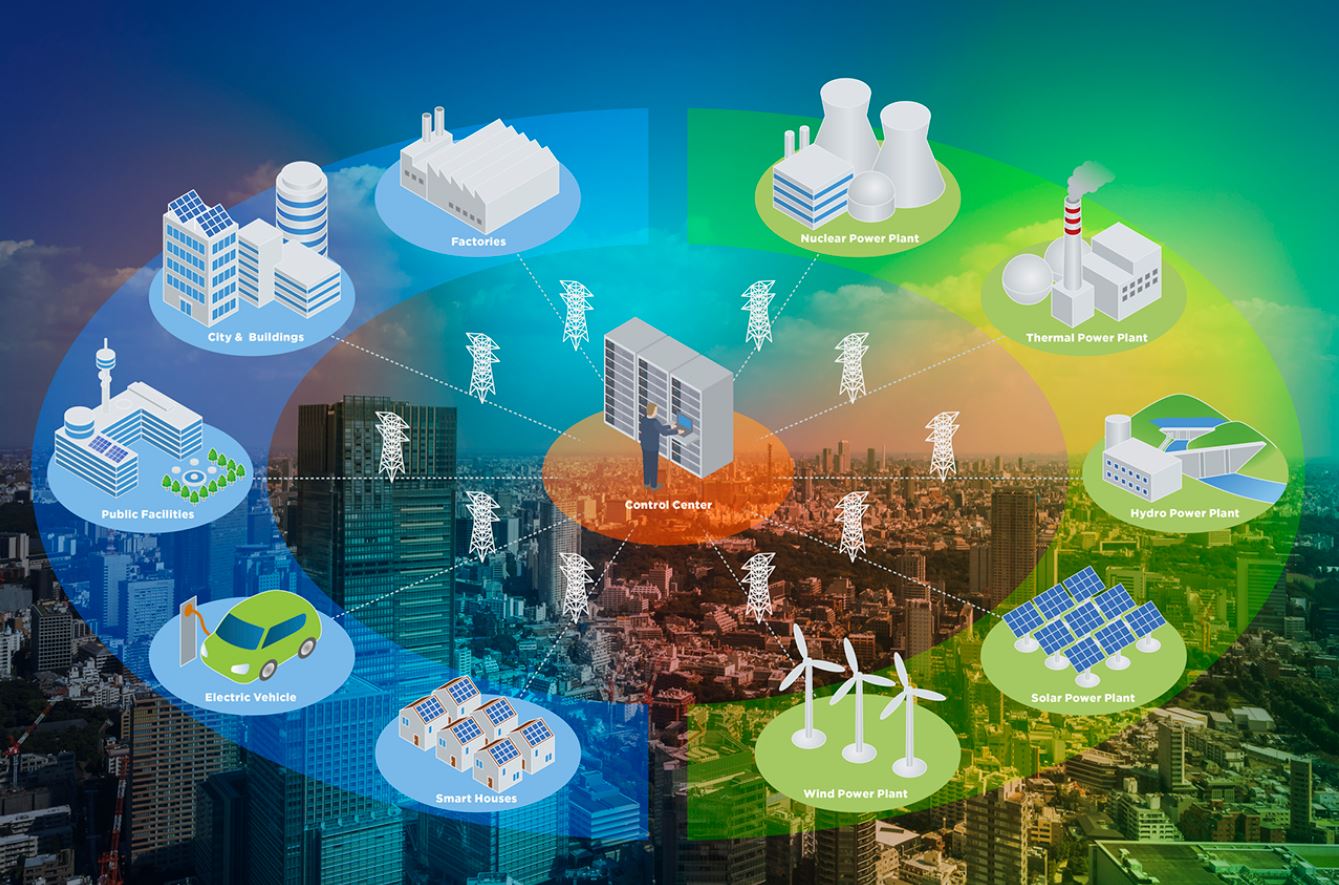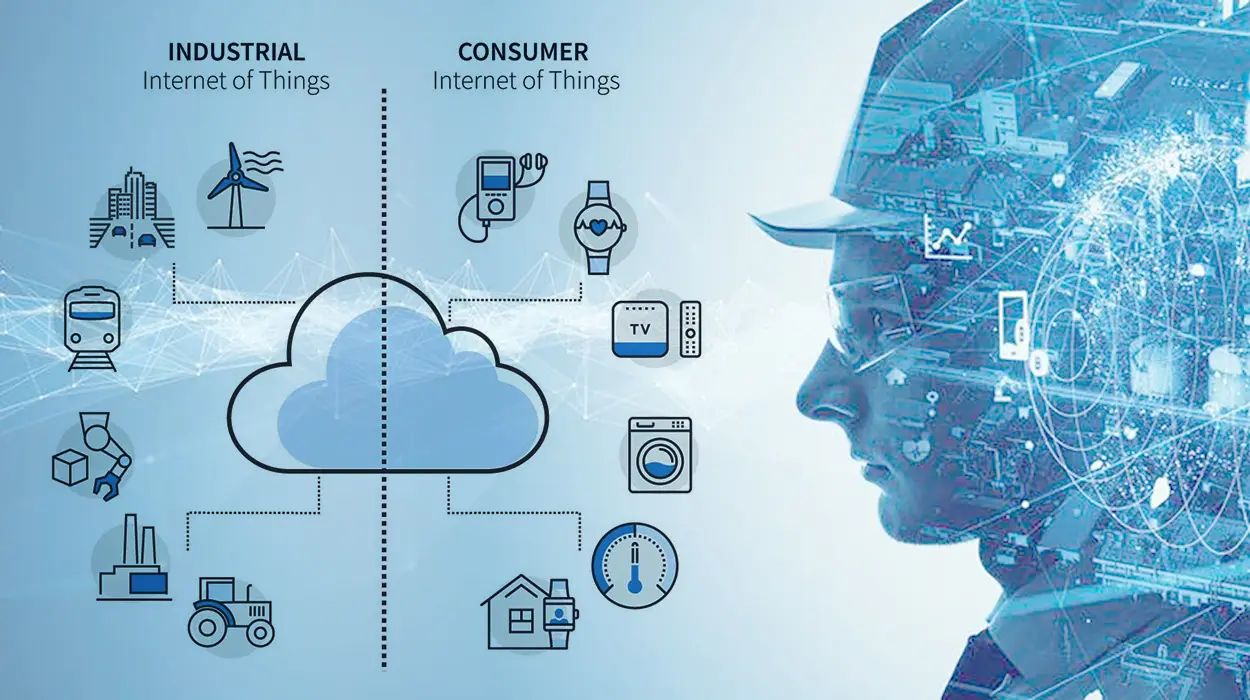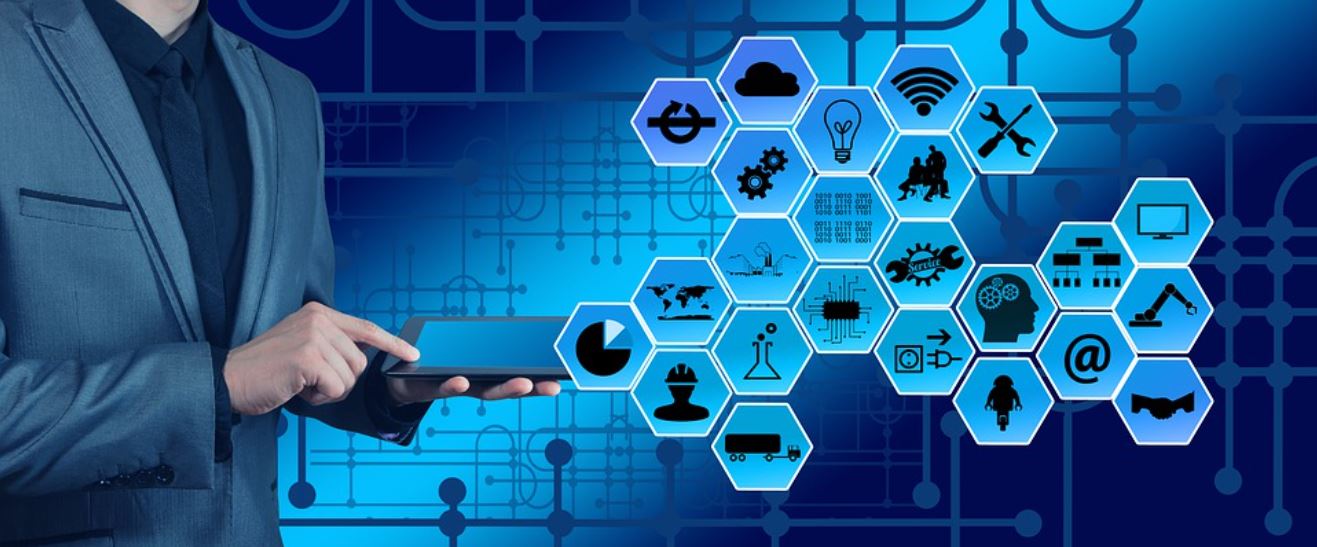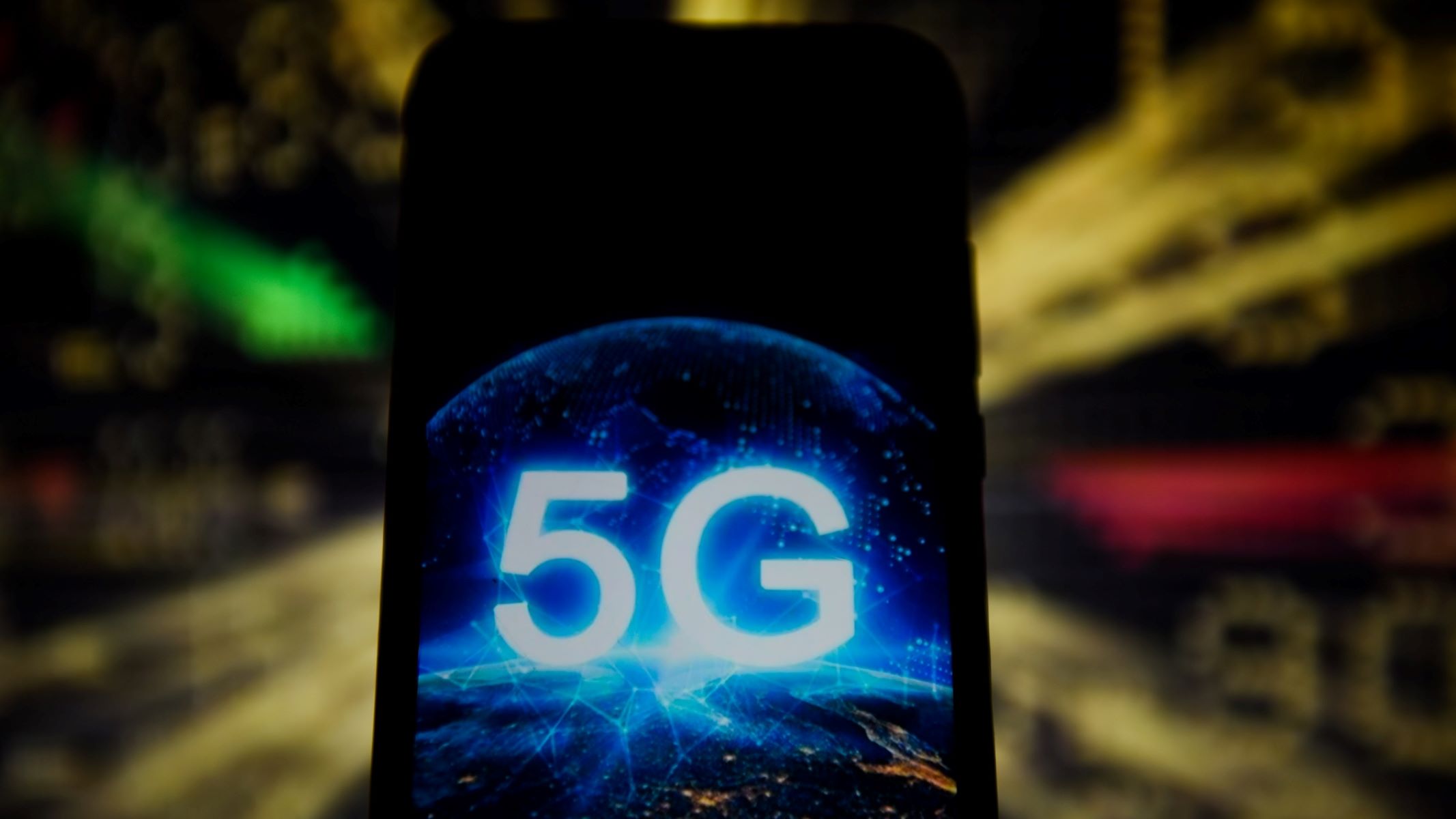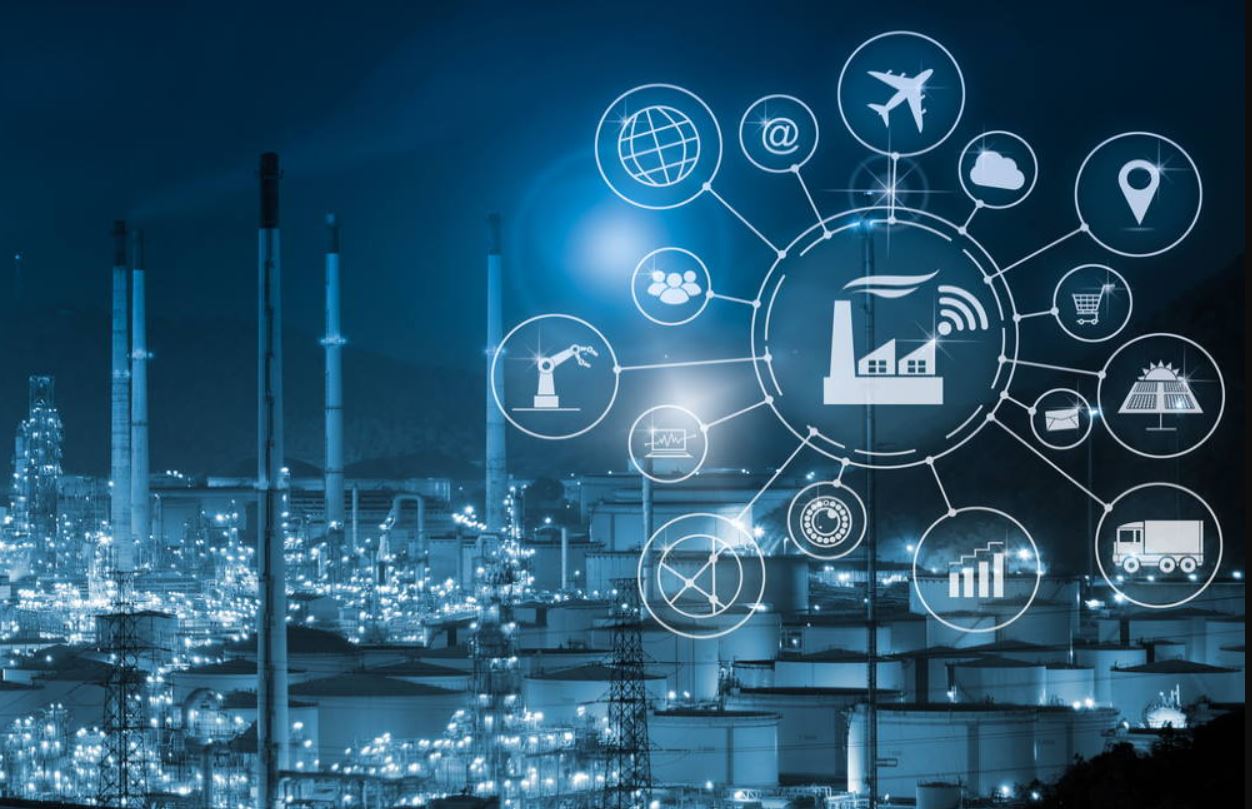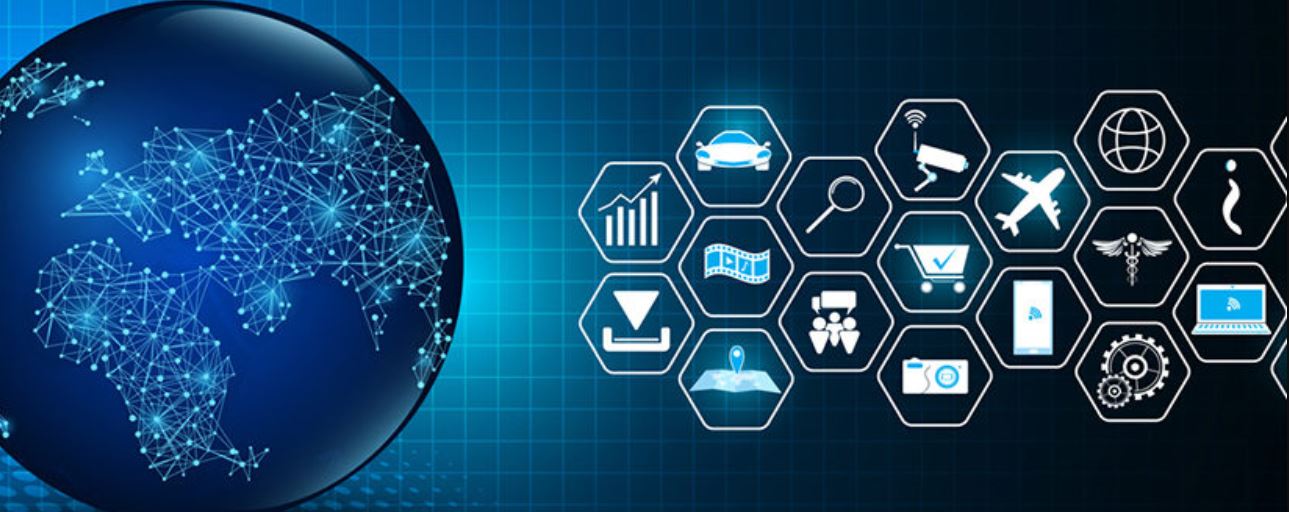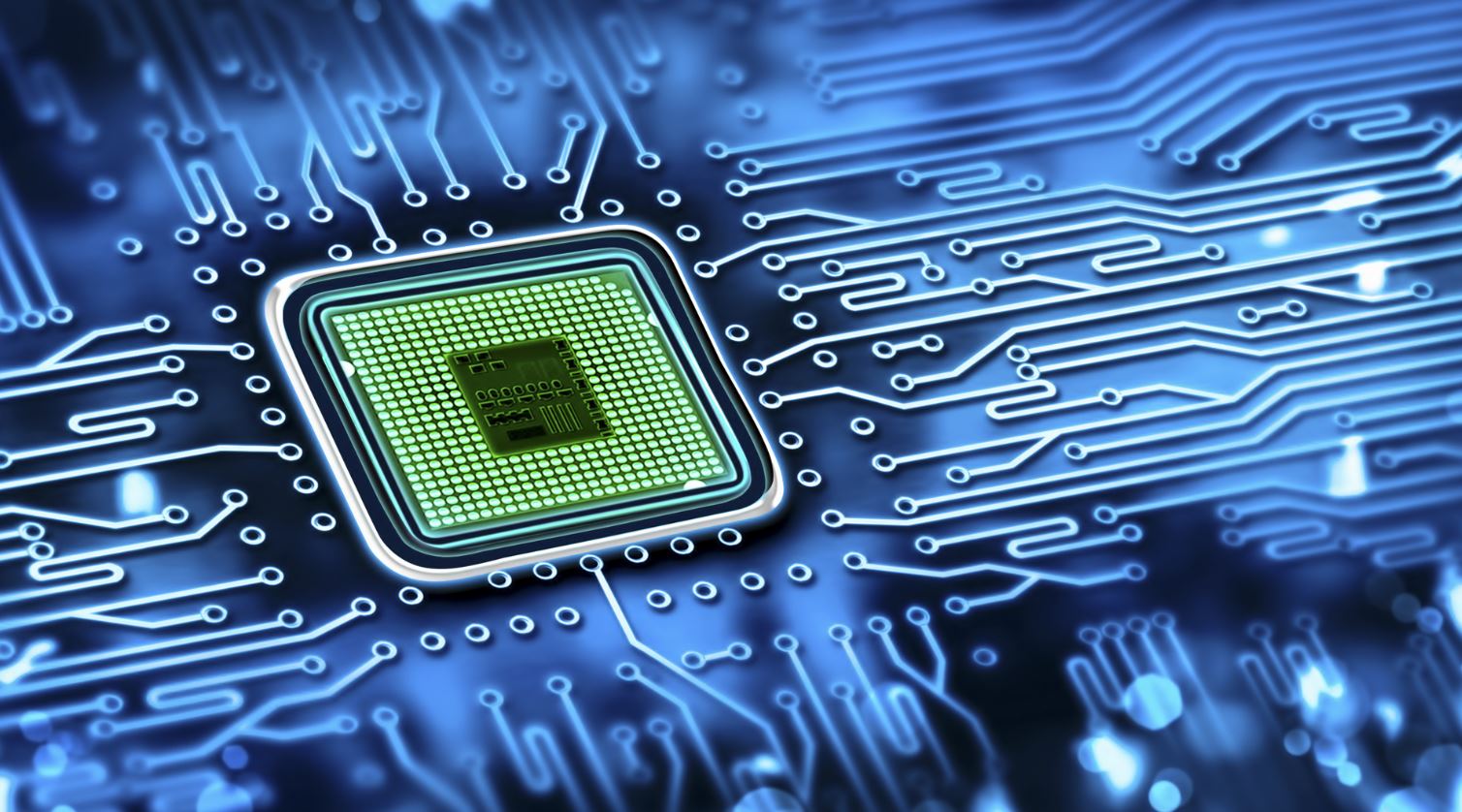Introduction
The Internet of Things (IoT) has revolutionized various industries by connecting devices, sensors, and systems to create a network of smart devices that exchange data and optimize operations. One of the prominent applications of IoT is in the deployment of smart grids, which enable efficient energy management and grid optimization. Smart grid technology has immense potential to transform the way we generate, distribute, and consume energy, leading to reduced carbon emissions, cost savings, and improved reliability.
The deployment of IoT technologies in smart grids is not limited to a single industry sector. Instead, various sectors are leveraging IoT to enhance their operational efficiency and sustainability. In this article, we will explore some of the industry sectors that extensively use IoT technologies to deploy smart grids and highlight their benefits.
By embracing IoT and smart grid technologies, sectors such as energy and utilities, transportation and logistics, manufacturing, healthcare, agriculture, and smart cities and infrastructure have witnessed significant improvements in their processes and outcomes. Let’s delve deeper into each sector to understand how they leverage IoT and smart grid technologies to drive innovation and efficiency.
Energy and Utilities Sector
The energy and utilities sector is at the forefront of adopting IoT technologies to deploy smart grids. By integrating IoT devices and sensors into their infrastructure, energy providers can monitor and control the generation, transmission, and distribution of electricity more efficiently. This enables them to optimize energy consumption, reduce wastage, and improve overall grid reliability.
IoT-based smart grids allow energy providers to collect real-time data on energy usage from individual consumers, enabling them to monitor patterns, identify anomalies, and make data-driven decisions to improve grid performance. Additionally, smart meters equipped with IoT technology enable consumers to track their energy usage and make informed choices to reduce their consumption and save costs.
Moreover, IoT-enabled sensors can detect faults and outages in the grid infrastructure, allowing utility companies to quickly respond and restore power. This proactive approach minimizes downtime and enhances customer satisfaction. Furthermore, smart grids facilitate integration with renewable energy sources such as solar and wind, optimizing their utilization and driving the transition to a greener and sustainable energy future.
Overall, the energy and utilities sector benefits immensely from IoT technologies and smart grid deployment. It enables efficient energy management, reduces operational costs, improves reliability, and promotes the use of clean and renewable energy sources.
Transportation and Logistics Sector
The transportation and logistics sector is another industry that extensively utilizes IoT technologies to deploy smart grids and enhance operational efficiency. The integration of IoT devices and sensors in vehicles, warehouses, and transportation infrastructure enables real-time tracking, monitoring, and optimization of logistics processes.
IoT-enabled smart grids in this sector provide real-time visibility into the location and condition of goods during transportation. This allows logistics companies to optimize routes, reduce fuel consumption, and improve overall supply chain efficiency. With the help of IoT sensors, companies can monitor cargo conditions such as temperature and humidity, ensuring that goods are transported under optimal conditions and preventing spoilage or damage.
Furthermore, IoT-based smart grids facilitate predictive maintenance of vehicles and infrastructure. By collecting and analyzing data from various sensors, transportation companies can identify potential issues before they become major problems. This proactive maintenance approach reduces downtime, improves fleet reliability, and minimizes maintenance costs.
Additionally, smart grids in transportation and logistics allow for optimized utilization of transportation assets. IoT devices can track the availability and usage of vehicles, enabling companies to make informed decisions regarding vehicle allocation and route planning. This leads to better resource management, reduced congestion, and improved delivery times.
In summary, IoT technologies and smart grids have revolutionized the transportation and logistics sector by providing real-time visibility, optimizing logistics processes, and improving asset management. The integration of IoT devices in this sector has resulted in cost savings, increased operational efficiency, and enhanced customer satisfaction.
Manufacturing Sector
The manufacturing sector has embraced IoT technologies to deploy smart grids and revolutionize their operations. By incorporating IoT devices and sensors into their manufacturing processes, companies can achieve improved efficiency, productivity, and quality control.
IoT-enabled smart grids in manufacturing allow for real-time monitoring of production lines and equipment. With the use of sensor technology, manufacturers can collect data on machine performance, energy consumption, and production outputs. This data can be analyzed to identify inefficiencies, optimize workflows, and minimize downtime. As a result, manufacturers can increase their productivity and reduce operational costs.
Moreover, IoT devices can enable predictive maintenance in the manufacturing sector. By continuously monitoring equipment and analyzing sensor data, manufacturers can detect potential issues before they cause breakdowns. This proactive maintenance approach prevents costly unplanned downtime and improves overall equipment reliability.
IoT technology also facilitates better inventory management and supply chain optimization. Smart grids can provide real-time visibility into inventory levels, allowing manufacturers to monitor stock levels, predict demand, and avoid stockouts or overstocking. Additionally, IoT devices can track shipments and provide real-time updates on delivery status, improving logistics efficiency and customer satisfaction.
Furthermore, IoT-enabled smart grids in manufacturing enable the implementation of quality control measures. Manufacturers can use sensors to monitor product quality throughout the production process, ensuring that the final products meet quality standards. This not only reduces waste and rework but also enhances customer satisfaction by delivering high-quality products.
Overall, IoT technologies and smart grids have transformed the manufacturing sector by improving efficiency, maintenance, inventory management, and quality control. The integration of IoT devices in manufacturing processes has resulted in increased productivity, reduced costs, and enhanced customer satisfaction.
Healthcare Sector
The healthcare sector has witnessed tremendous advancements through the integration of IoT technologies in smart grids. IoT devices and sensors in healthcare settings enable real-time monitoring, remote patient care, and efficient healthcare management.
In hospitals and healthcare facilities, IoT-enabled smart grids enhance patient care through real-time monitoring of vital signs and medical equipment. Remote monitoring devices connected to the smart grid continuously collect and transmit patient data to healthcare professionals, allowing for timely interventions and proactive healthcare management.
Moreover, IoT devices in healthcare enable the integration of electronic health records (EHRs) into the smart grid system. This facilitates seamless access to patient information, improving communication and collaboration among healthcare providers and reducing medical errors. Patient data collected through IoT devices can also be used for data analytics and research, leading to advancements in personalized medicine and healthcare innovation.
Furthermore, the use of IoT in healthcare extends to wearable devices and mobile applications that promote preventive and remote healthcare services. Patients can monitor their health conditions using wearable devices that connect to the smart grid, providing valuable insights and alerts for early intervention. Remote healthcare services, enabled by IoT devices, enhance patient convenience and access to healthcare professionals, especially in rural or underserved areas.
Smart grids in healthcare also contribute to energy efficiency and cost savings. IoT devices can optimize energy usage in hospitals, such as adjusting lighting and temperature based on occupancy and demand. This not only reduces the carbon footprint of healthcare facilities but also frees up resources for patient care and research.
In summary, the healthcare sector benefits greatly from IoT technologies and smart grid deployment. Real-time monitoring, remote patient care, data integration, and energy efficiency are some of the key advantages that IoT brings to the healthcare industry, ultimately improving patient outcomes and healthcare delivery.
Agriculture Sector
The agriculture sector has embraced IoT technologies to deploy smart grids and revolutionize farming practices. By integrating IoT devices and sensors into agricultural operations, farmers can enhance crop yield, improve resource management, and promote sustainable farming techniques.
IoT-enabled smart grids in agriculture provide real-time monitoring of environmental conditions such as temperature, humidity, soil moisture, and light intensity. This allows farmers to make data-driven decisions regarding irrigation, fertilization, and pest control. With the help of IoT sensors, farmers can optimize resource usage, prevent water wastage, reduce chemical inputs, and increase crop productivity.
Moreover, IoT devices in agriculture enable precision farming techniques. By collecting data on plant health, growth patterns, and weather conditions, farmers can apply targeted actions to specific areas of their fields. This reduces resource wastage and optimizes crop production, resulting in higher yields and improved profitability.
IoT technology also facilitates remote monitoring and management of agricultural operations. Farmers can remotely access data collected by sensors, enabling them to monitor crop conditions and automate tasks such as irrigation, fertilization, and pest control. This not only saves time but also allows farmers to respond quickly to changing conditions, making farming more efficient and effective.
Additionally, smart grids in agriculture enable traceability and transparency throughout the supply chain. By integrating IoT devices, farmers can track the movement and quality of their produce, ensuring food safety and meeting consumer demands for transparency and sustainability.
In summary, IoT technologies and smart grids have transformed the agriculture sector by enhancing resource management, precision farming, remote monitoring, and supply chain transparency. The integration of IoT devices in farming practices has led to increased crop productivity, reduced resource usage, and sustainable agricultural practices.
Smart Cities and Infrastructure Sector
The smart cities and infrastructure sector leverages IoT technologies to deploy smart grids and transform urban environments into sustainable and efficient hubs. By integrating IoT devices and sensors into various aspects of city infrastructure, cities can optimize resource usage, improve public services, and enhance the overall quality of life for residents.
IoT-enabled smart grids in this sector facilitate efficient energy management in smart buildings. IoT devices can monitor and control energy usage in buildings, adjusting lighting, temperature, and other systems based on occupancy and demand. This leads to significant energy savings, reduced carbon footprint, and improved energy efficiency.
Furthermore, IoT devices contribute to the creation of intelligent transportation systems in smart cities. By collecting data from sensors installed in roads, traffic lights, and vehicles, cities can optimize traffic flow, reduce congestion, and enhance public transportation services. This not only improves mobility for residents but also reduces pollution and fuel consumption.
Smart grids in smart cities also enable better waste management. IoT devices can monitor waste levels in bins, allowing for optimized collection routes and schedules. This reduces unnecessary waste collection trips and promotes efficient waste disposal practices, leading to cost savings and environmental benefits.
Moreover, IoT technologies play a crucial role in improving public safety and security in smart cities. Smart grids enable the integration of surveillance cameras, sensors, and emergency response systems, providing real-time monitoring and rapid response to incidents. This enhances public safety and enables proactive emergency management.
In addition, smart grids in smart cities enable better water management. IoT devices can monitor water usage, detect leaks, and optimize irrigation systems. This promotes water conservation, reduces wastage, and ensures sustainable water resources in urban environments.
In summary, IoT technologies and smart grids have revolutionized the smart cities and infrastructure sector by optimizing energy usage, enhancing transportation systems, improving waste management, ensuring public safety, and promoting sustainable water management. The integration of IoT devices in smart city infrastructure improves the overall quality of life for residents and contributes to the development of sustainable and resilient cities.
Conclusion
The deployment of IoT technologies in the form of smart grids has transformed various industry sectors, revolutionizing their operations and driving innovation. From the energy and utilities sector to transportation and logistics, manufacturing, healthcare, agriculture, and smart cities and infrastructure, IoT-enabled smart grids have led to improved efficiency, sustainability, and overall performance.
In the energy and utilities sector, smart grids have optimized energy management, reduced costs, and promoted the integration of renewable energy sources. Transportation and logistics have benefited from real-time tracking and optimization of logistics processes, leading to improved efficiency and customer satisfaction.
Manufacturing has witnessed increased productivity, decreased downtime, and enhanced quality control through the integration of IoT devices and sensors into smart grids. In healthcare, IoT-enabled smart grids have enabled remote patient care, real-time monitoring, and data integration, resulting in improved healthcare outcomes.
Agriculture has embraced IoT technologies to improve resource management, precision farming, and supply chain transparency. Lastly, smart cities and infrastructure have optimized energy usage, transportation systems, waste management, and public safety through the integration of IoT devices into smart grids.
In conclusion, IoT technologies have revolutionized various industry sectors, enabling the deployment of smart grids that enhance efficiency, sustainability, and overall performance. The integration of IoT devices and sensors into smart grids has opened up new opportunities for innovation, cost savings, and improved resource management. As IoT continues to evolve, its impact on these industry sectors will only grow, shaping a more connected and intelligent future.







